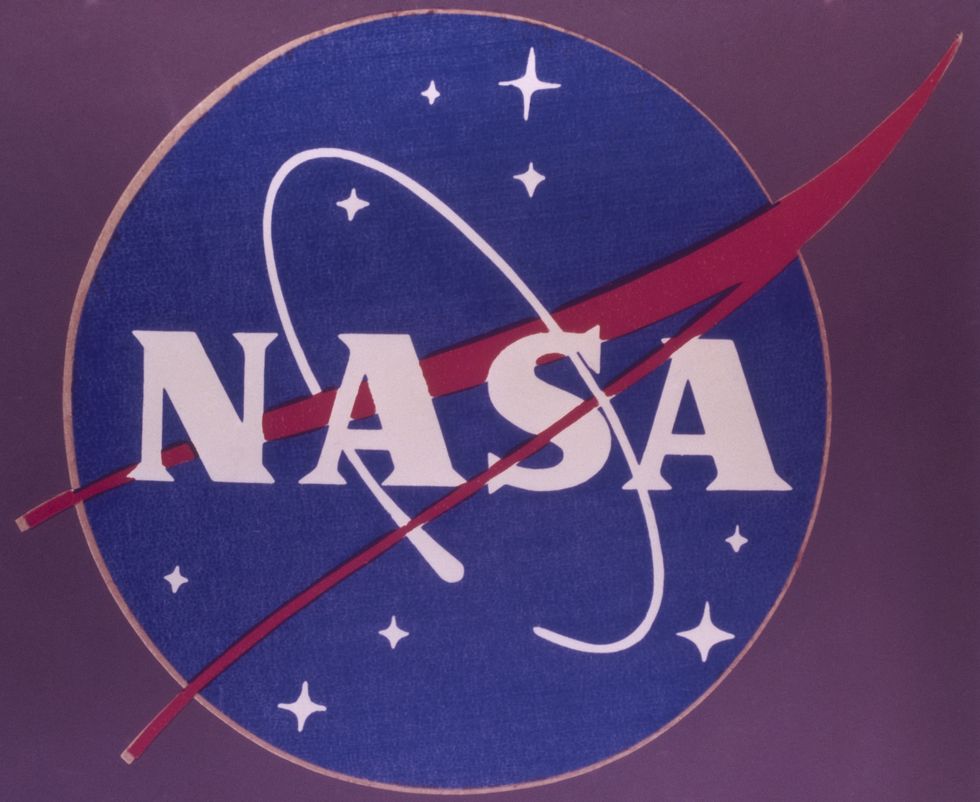Nasa spacecraft flies closer to the Sun than any man-made object before but it will take days to know if mission successful

The Parker Solar Probe will endure temperatures of up to 982C in its mission to 'touch' the sun
Don't Miss
Most Read
A Nasa spacecraft is set to make history on Christmas Eve by flying closer to the sun than any human-made object has ever ventured before.
The Parker Solar Probe will travel at speeds reaching 430,000mph as it passes within 3.6 million miles of the sun's surface.
During this daring approach, the spacecraft will endure temperatures of up to 982C in its mission to "touch" the sun, as part of Nasa's efforts to better understand our star.
Dr Nicky Fox, Nasa's science associate administrator, explained the mission will help uncover what drives solar activity and why the Sun's outer atmosphere is hotter than its surface.

An artist's depiction of the solar probe
|Steve Gribben/Johns Hopkins APL/Nasa
"By flying extremely close to the sun, Parker Solar Probe can directly measure the solar wind near the source," she said.
The mission aims to understand intense bursts of energy from the sun that can affect Earth's technology.
"These insights are crucial for understanding what drives solar activity, which can affect technology on Earth, from satellites to power grids and even astronauts in space," Dr Fox explained.
The success of this historic mission won't be immediately known, as the spacecraft will be out of contact with Earth during its closest approach.
MORE LIKE THIS:

The spacecraft will endure temperatures of up to 982C in its mission to 'touch' the sun
|Steve Gribben/Johns Hopkins APL/Nasa
Due to constraints on signal transmission near the Sun, operators won't receive confirmation of the probe's condition until December 27.
The communication blackout is a necessary part of the mission, as the spacecraft's proximity to the sun prevents it from sending signals back to Earth.
Scientists will have to wait even longer for the scientific data, which is expected to begin arriving in late January.
Since its launch in 2018, the Parker Solar Probe has been steadily moving closer to the sun through a series of carefully planned orbits.
The spacecraft has used Venus's gravity during multiple flybys to adjust its trajectory, allowing it to move into increasingly tighter orbits around the sun.

Nasa's mission aims to understand intense bursts of energy from the sun that can affect Earth's technology
| GETTYThe probe has already made significant discoveries, including unexpected findings about the sun's corona when it first passed into the solar atmosphere in 2021.
Dr Fox described the Christmas Eve approach as a culmination of "21 orbits that had to just be flawless, and they were."
Dr Fox expressed her enthusiasm for reaching this milestone moment in the mission.
"Right now, Parker Solar Probe is flying closer to a star than anything has ever been before, and this is the orbit that we really designed the mission for," she said.
She also reflected on the long journey since the mission's launch, adding: "In 2018 we launched the mission, it seemed so far away - December 2024."
"It's just a total yay we did it! moment," Dr Fox added, celebrating the achievement of this historic approach.











